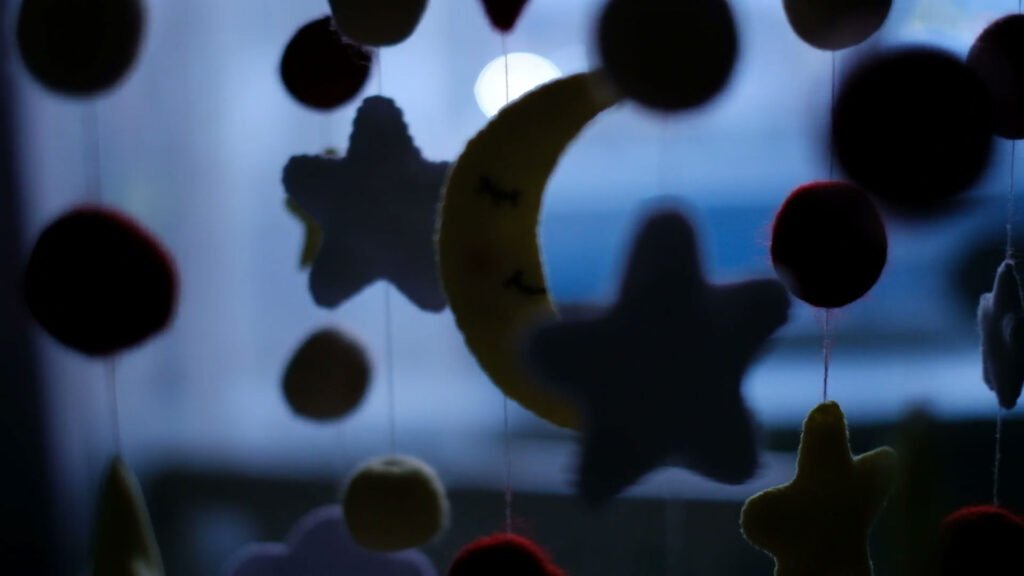The decision by the Trump administration to cancel federal participation in the Safe to Sleep campaign has sparked concerns among experts and organizations dedicated to preventing infant deaths in their sleep. The National Institutes of Health’s role in the program, which played a significant role in reducing infant deaths in the 2000s, has been eliminated at a time when sleep-related deaths among infants are on the rise.
According to a study published in JAMA Pediatrics, sudden infant death rates increased by nearly 12% between 2020 and 2022, underscoring the urgency of programs like Safe to Sleep. Alison Jacobson, CEO of First Candle, a nonprofit organization that collaborated with the federal government on the campaign, described the elimination of the program as “devastating” given the recent uptick in infant deaths.
The decision to cancel federal participation in Safe to Sleep has led to the closure of the Office of Communications for the Eunice Kennedy Shriver National Institute of Child Health and Human Development, which oversaw the campaign. Former deputy director Christina Stile revealed that the communications office was dissolved on April 1, leading to the termination of NICHD’s involvement and support for the campaign.
Diana W. Bianchi, former director of NICHD, was among the institute directors placed on administrative leave in April. Questions regarding the decision were directed to Alison Cernich, the agency’s acting director, who deferred requests for comment to the main NIH press office. Despite the lack of official confirmation, Cernich emphasized in a letter that NICHD has always prioritized infant safety, including promoting safe sleep environments.
As the NIH undergoes structural changes, Cernich assured that the organization’s leadership is reviewing ways to support critical programs and maintain transparency with the public. The NICHD’s role within the Safe to Sleep campaign involved distributing educational materials on safe sleep practices to various stakeholders, including healthcare professionals and organizations. The agency collaborated with partners to disseminate guidelines from the American Academy of Pediatrics through pamphlets and social media outreach.
Stile highlighted the unique role that NICHD played in coordinating Safe to Sleep activities and producing educational materials, emphasizing the challenge of filling that void. While nonprofit organizations like First Candle are committed to continuing the campaign independently, the absence of federal leadership and resources poses significant obstacles.
The Safe to Sleep campaign, originally launched in 1994 as Back to Sleep, initially focused on raising awareness about Sudden Infant Death Syndrome (SIDS). With the campaign’s success in reducing SIDS cases through education on safe sleep practices, the NICHD expanded its efforts in 2012 to address a broader spectrum of sudden unexpected infant deaths (SUID). By promoting safe sleeping environments and practices, the campaign aimed to prevent deaths caused by accidental suffocation, strangulation, and entrapment.
Despite the progress made in raising awareness about safe sleep practices, recent data indicates a concerning increase in sleep-related infant deaths. The decision to cancel federal participation in Safe to Sleep has raised alarm bells among advocates and experts who fear the potential consequences of scaling back efforts to prevent infant deaths in their sleep. As organizations like First Candle strive to carry on the campaign’s mission, the need for continued education and support for safe sleep practices remains paramount in safeguarding the well-being of infants. Accidental suffocation and strangulation in bed have become a concerning issue, especially when it comes to infant deaths. According to the Centers for Disease Control and Prevention, there has been an alarming increase in cases of accidental suffocation and strangulation in bed since 1995. This type of incident falls under Sudden Unexpected Infant Death (SUID), which includes cases of Sudden Infant Death Syndrome (SIDS), accidental suffocation, and unknown causes of infant death.
In recent years, there has been a 12% increase in SUID cases from 2020 to 2022, highlighting the importance of raising awareness about safe sleep practices for infants. Accidental suffocation and strangulation in bed can occur when a baby’s airway becomes blocked by soft bedding, pillows, or other items in the sleep environment. It is crucial for parents and caregivers to create a safe sleep environment for infants to reduce the risk of SUID.
The American Academy of Pediatrics (AAP) recommends following the ABCs of safe sleep: Alone, on their Back, and in a Crib. This means placing the baby on their back in a crib or bassinet with a firm mattress and no soft bedding, blankets, pillows, or toys. It is also important to ensure that the sleep environment is free of any potential hazards that could pose a suffocation risk to the infant.
Parents should avoid co-sleeping with their infants, as this increases the risk of accidental suffocation and strangulation. Instead, the baby should sleep in their own safe sleep space in close proximity to the parents’ bed. Additionally, breastfeeding has been shown to reduce the risk of SUID, so parents are encouraged to breastfeed their infants if possible.
By following these safe sleep practices and being vigilant about creating a safe sleep environment for infants, parents and caregivers can help reduce the risk of accidental suffocation and strangulation in bed. It is essential to spread awareness about the importance of safe sleep practices to prevent tragic incidents of SUID and ensure the safety and well-being of infants.


